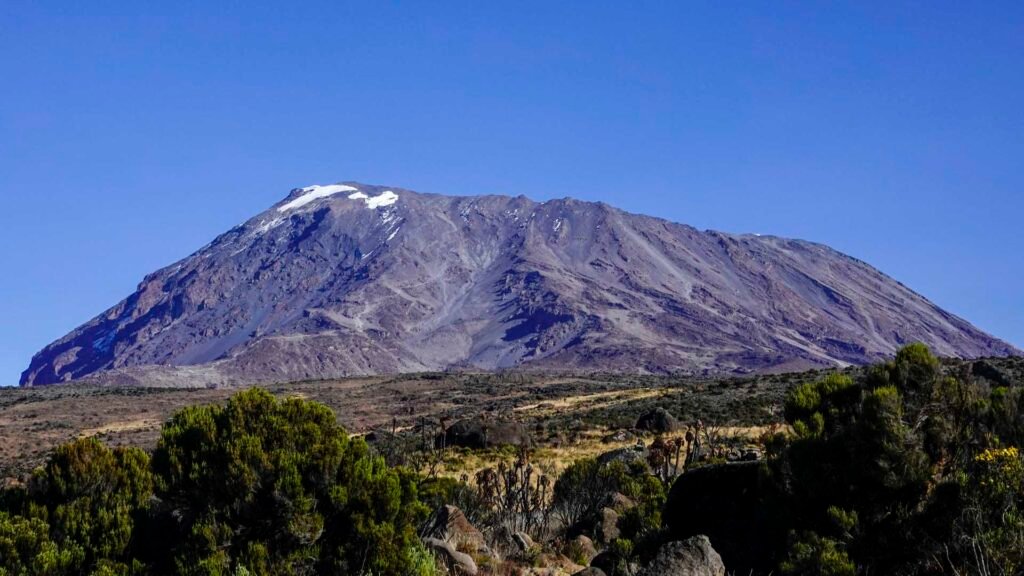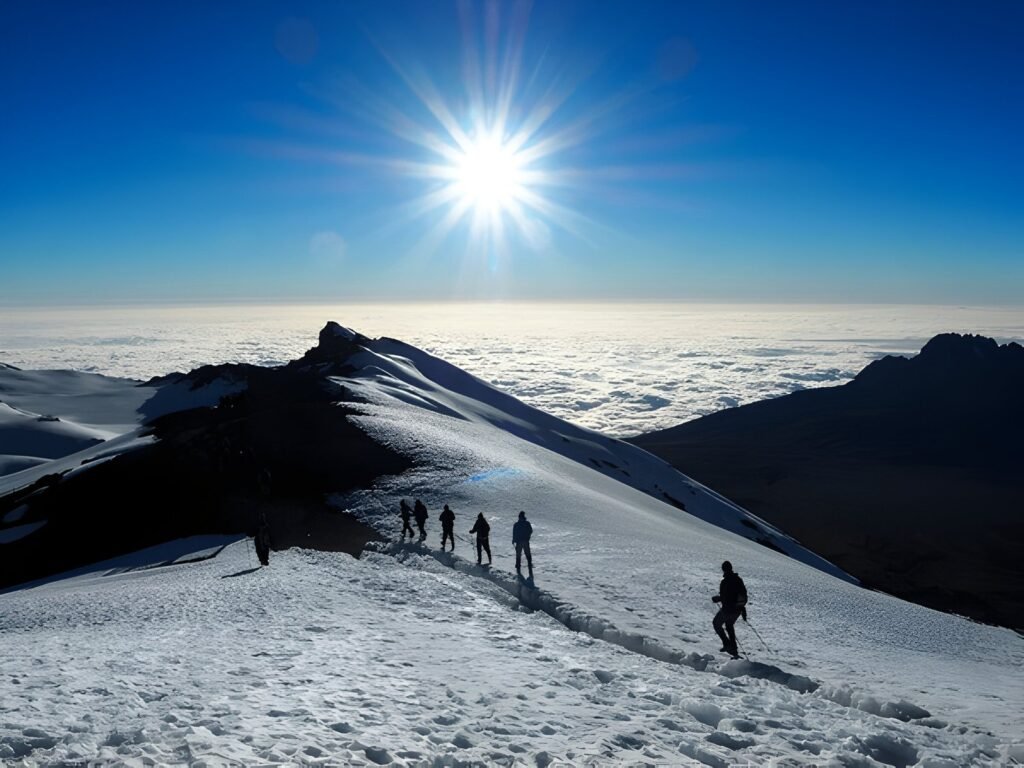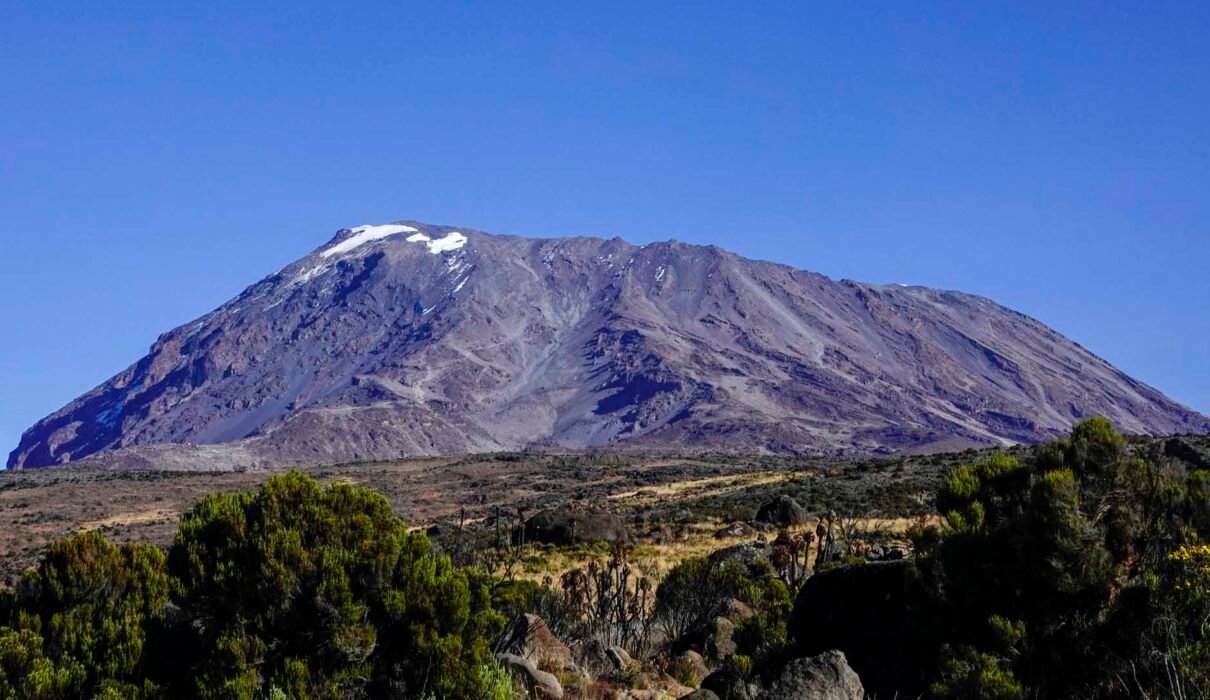Which is Harder – Inca Trail or Kilimanjaro ? : Both the Inca Trail and Mount Kilimanjaro are among the world’s most iconic treks, attracting adventure seekers from across the globe. If you’re planning a big adventure and wondering which of these two challenging hikes is harder, you’re in the right place. In this post, we’ll compare the Inca Trail and Kilimanjaro based on difficulty, altitude, terrain, and what you need to prepare for either trek. Each trek offers its unique challenges and stunning rewards, but understanding the differences can help you make the best decision for your next adventure
Get more detailed insights about climbing Kilimanjaro.

Which is Harder – Inca Trail or Kilimanjaro ? : Altitude: Which Trek Is Harder on the Lungs?
Kilimanjaro: Higher Altitude Challenge
Kilimanjaro is renowned as one of the highest mountains in the world that you can trek without technical climbing skills. At 5,895 meters (19,341 feet) above sea level, it poses serious altitude challenges for hikers. Altitude sickness is a real concern due to the rapid ascent, and many climbers experience symptoms as early as 3,000 meters.
- Highest Point: Uhuru Peak – 5,895 meters (19,341 feet)
- Acclimatization: Vital to summit success, with longer routes offering better chances for adaptation
Learn more about managing altitude on Kilimanjaro.
Inca Trail: Moderate Altitude
The Inca Trail in Peru doesn’t reach the same altitudes as Kilimanjaro but still challenges hikers with significant elevation changes. The highest point on the trail is Dead Woman’s Pass, which stands at 4,215 meters (13,828 feet). Though high, it’s less likely to cause severe altitude sickness compared to Kilimanjaro, but acclimatization is still important.
- Highest Point: Dead Woman’s Pass – 4,215 meters (13,828 feet)
- Acclimatization: Needed, but less extreme than Kilimanjaro.
Find tips for handling altitude on the Inca Trail here
Which is Harder – Inca Trail or Kilimanjaro ? : Trekking Distance and Duration
Kilimanjaro: Longer and Variable Routes
Kilimanjaro offers a variety of routes, ranging from 5 to 9 days depending on your preference and acclimatization needs. The trek can cover distances of 60 to 100 kilometers depending on the chosen route
- Popular Routes: Machame, Marangu, and Lemosho.
- Duration: Typically 6-9 days.
Explore the best routes for climbing Kilimanjaro.
Inca Trail: Shorter, But Steep
The Inca Trail is shorter compared to Kilimanjaro, with a total distance of 42 kilometers (26 miles). Most hikers complete the trek in 4 days, making it more condensed. The trail is often steep, and the high altitude increases the difficulty, but the shorter duration makes it more manageable for many hikers.
- Total Distance: 42 kilometers (26 miles)
- Duration: 4 days.
Get a guide to the Inca Trail here
Which is Harder – Inca Trail or Kilimanjaro ? : Terrain and Trekking Conditions
Kilimanjaro: Diverse Terrain
Kilimanjaro is famous for its diverse ecological zones. Hikers experience everything from tropical rainforest at the base to alpine desert and arctic-like conditions near the summit. The final ascent is especially challenging due to the scree slopes and cold conditions.
- Terrain: Rainforest, moorland, alpine desert, and glaciers
- Final Ascent: Steep and cold, with loose volcanic scree
Learn more about Kilimanjaro’s terrain and preparation.
Inca Trail: Rocky and Steep
The Inca Trail’s terrain is rocky and features steep stone steps, especially at high points like Dead Woman’s Pass. The trail also weaves through cloud forests and ancient Incan ruins, making it not only a physically challenging hike but also one filled with historical interest.
- Terrain: Rocky, with steep ascents and descents.
- Final Ascent: Includes climbing ancient stone steps.
Find out more about Inca Trail’s terrain and history

Which is Harder – Inca Trail or Kilimanjaro ? : Physical and Mental Challenge: Which Is Tougher?
Kilimanjaro: Mental and Physical Endurance
Kilimanjaro’s high altitude, combined with longer trekking durations, makes it physically and mentally taxing. The higher you go, the thinner the air, and the final summit push is often done at night in freezing temperatures. The slow ascent (often referred to as “pole pole,” meaning “slowly, slowly” in Swahili) tests both stamina and willpower.
- Challenges: Altitude sickness, cold temperatures, long hiking days.
Read more about overcoming the mental challenge of Kilimanjaro.
Inca Trail: Less Extreme, but Intense
The Inca Trail is shorter but intense due to its steep inclines and rocky terrain. The challenges are more physical than mental, but it’s important to pace yourself to avoid overexertion, especially at altitude.
- Challenges: Steep inclines, rugged terrain, and rapid altitude gain.
Find tips on preparing for the Inca Trail here.
Which is Harder – Inca Trail or Kilimanjaro ? : Best Time to Trek: Seasonal Considerations
Kilimanjaro: Dry Season Recommended
The best time to climb Kilimanjaro is during the dry seasons, from June to October and January to March. These months offer clearer skies and more stable weather conditions, but it can get busy on the popular routes.
- Best Time to Climb: June-October, January-March.
- Weather Challenges: Cold nights and potential snow near the summit.
Check out more about the best times to climb Kilimanjaro.
Inca Trail: Avoid the Rainy Season
The best time to hike the Inca Trail is during the dry season from May to September. Avoid hiking during the rainy season (December to March), as the trail can become slippery and dangerous. The trail is also closed in February for maintenance.
- Best Time to Hike: May-September.
- Weather Challenges: Sudden rain and cold nights, especially at high elevations.
Learn about the best months for the Inca Trail here.
Which is Harder – Inca Trail or Kilimanjaro ? : Costs and Permits
Kilimanjaro: Permit Fees and Guides
Climbing Kilimanjaro requires a permit, and you must be accompanied by a licensed guide. Costs include park fees, guides, porters, meals, and accommodations. Kilimanjaro is generally more expensive due to the extended duration and logistics involved.
- Permit Required: Yes.
- Guides: Mandatory.
Get more information on Kilimanjaro permit costs and preparation.
Inca Trail: Limited Permits
The Inca Trail also requires a permit, but these are limited and sell out months in advance. You must book through a licensed tour operator, and only 500 people (including porters and guides) are allowed on the trail each day.
- Permit Required: Yes (limited).
- Guides: Mandatory.
Find out how to book an Inca Trail permit here.
Which is Harder – Inca Trail or Kilimanjaro ? : What’s the Verdict? Which Is Harder?
While both the Inca Trail and Kilimanjaro are challenging in their own right, Kilimanjaro is generally considered the more difficult trek due to its high altitude, longer duration, and variable terrain. The Inca Trail, while shorter and at a lower altitude, can still be intense with its steep ascents and uneven terrain.
Kilimanjaro:
- Harder due to altitude: Altitude sickness is more common.
- Longer duration: Requires more days to complete.
- Diverse terrain: More extreme environmental changes.
Inca Trail:
- Steep and shorter: More physically intense over a few days.
- Lower altitude: Less risk of severe altitude sickness.
Check out more comparisons between Kilimanjaro and other world treks.
Which is Harder – Inca Trail or Kilimanjaro ? : Preparation Tips for Both Treks
Whether you decide to tackle Kilimanjaro or the Inca Trail, preparation is key to a successful trek.
Training Tips:
- Build Endurance: Long hikes with elevation gain to prepare for steep terrain.
- Strength Training: Focus on leg strength, especially for stair-like steps.
- Acclimatize: If possible, arrive early to adjust to higher altitudes.
For expert preparation advice, check out this trekking guide.
Which is Harder – Inca Trail or Kilimanjaro ? : Conclusion
Both the Inca Trail and Mount Kilimanjaro offer life-changing experiences, each with its own challenges and rewards. Kilimanjaro is harder due to its higher altitude and longer duration, while the Inca Trail offers steep climbs and a shorter, yet intense, adventure. No matter which trek you choose, thorough preparation and acclimatization will ensure a safe and rewarding experience.
For more details on climbing Kilimanjaro, visit Kilimanjaro Climb Specialist or check out Eddy Tours & Safaris for more adventure travel tips.

